CULTURAL CENTER OF THE PHILIPPINES | The Manila Film Center Tragedy












Screenshots from Imelda: Power, Myth and Illusion by Ramona S. Diaz
(NB: Manila Film Center tragedy starts at 04:30)
I think it all started with Francis Ford Coppola and Peter Weir. Both had films about Asia to direct, and chose the Philippines to stand in for Vietnam and Indonesia, respectively. Having tasted a bit of Hollywood in her backyard, Imelda had the grandiose notion to turn Manila into the Cannes of the Pacific by starting an international film festival. In order to do so, she required a suitable venue for her envisioned Manila International Film Festival (MIFF).
That’s how the story of the Manila Film Center (MFC) began.
Having set a date of January 18, 1982 for the start of the festival, Imelda needed to get cracking on building her newest edifice. For her last major project at the Cultural Center of the Philippines, Imelda passed over Leandro Locsin and chose architect Froilan Hong:
Gerard Lico has written a superb analysis of the Marcos years and how state architecture supported the regime:

Her imperative was to recapture in that building the grandeur of the Parthenon through the application of modernist abstraction and vernacular interventions.
– Gerard Lico, Edifice Complex: Power, Myth and Marcos State Architecture. Manila: Ateneo de Manila University Press, 2002: 102.
Above and below > Click to enlarge SOURCE > Arkitekturang Filipino


Alas, today the Center is more famous for the tragedy that happened during its construction than for making Manila the Cannes of Asia.
Tragedy struck on November 17, 1981 shortly before 3:00 a.m. (Imelda believed in 24-hour labour) when the scaffolding for part of the second basement collapsed, burying or trapping an unknown number of the graveyard shift workers in the quick drying cement. This much we know for certain.
The question that will probably remain unanswered is: In her rush to complete the project in time for the MIFF, did Imelda order that fresh concrete be poured over the dead workers and construction continue?
We also know that from the time of the accident, more than 7,000 labourers working round the clock between Christmas day 1981 and January 18, 1982 got the Center built with 15 minutes to spare:
The Parthenon-like Film Palace was finished fifteen minutes before the opening amid clouds of thick construction dust and an unfinished roof which was temporarily covered by hundreds of square metres of fabric.
Nena Benigno and P. A, Zapanta detailed the feverish pace of activities at the CCP Complex in preparation for the MIFF, demonstrative of the power behind the phrase: ‘What the First Lady wants, the First Lady gets.’ …
Finally at 7:30 p.m., January 18 — lights, camera, action and voila! Thirty-two flags (on newly installed flagpoles) waved as representatives of the film industries of thirty-five nations entered, as the brochures promised, the most modern film complex in the Asia-Pacific region.
– Gerard Licon, Edifice Complex: Power, Myth and Marcos State Architecture. Manila: Ateneo de Manila University Press, 2002: 126.
Those amazing workers (“that looked like huge colonies of ants’) somehow managed to get the Center together just in time for Brooke Shields and other international celebrities (Imelda’s “gang”) to officiate at the première of the MIFF.
Alas, the MIFF only lasted two years. In its second year, Imelda showed pornographic films in an effort to gain a larger audience and perhaps make up for the financial losses of the first festival.
Imelda argued that such films would ‘contribute to the maturity of Filipino audiences … Pornography is all in the mind and heart … if garbage affects us then there must be something wrong with us.’
– Gerard Lico, Edifice Complex: Power, Myth and Marcos State Architecture. Manila: Aneneo de Manila University Press, 2002: 124.
In its heyday, the MFC housed six theaters, six preview rooms, a film archive and several offices. After an earthquake in 1991, the Center was abandoned.
It stood empty for a long while. Then, in 2001, a transvestite review, Amazing Philippines, occupied the Palace of Ghosts. Their lease expired in 2009 and, once again, the Center was abandoned.
Apparently the show’s performers lived in the basement (click the screenshot below for a taste of the show):
During my last visit to Manila, we stayed at the (Sofitel) Philippine Plaza Hotel (top building in the screenshot below).
Our room’s balcony overlooked the MFC and every morning I’d wake up and take shots of it standing forlornly as the morning sun rose over Makati.
I’m not sure about the ghosts. If they haunt the building, they seem to stay put, for I had wonderfully relaxing sleeps at the Sofitel.
So, are the ghosts of the Manila Film Center real or an urban legend? Howie Severino of GMA News thinks they’re a myth. I’m not convinced. Trying to find primary sources for this post, I read Beth Day Romulo’s account of the Marcos years, Inside the Palace: The Rise and Fall of Ferdinand & Imelda Marcos. I believe that she had insider knowledge of what really happened in the early morning hours of November 17, 1981. I think she’s the best source on what became of the trapped workers.



But Imelda plodded along with her grandiose schemes, despite the downhill trend of her country’s economy. She also ignored some bad omens. When she first decided to launch her International Film Festival, she had built a huge building that was designed on the lines of the Parthenon.
As usual with her last-minute projects, the building was still under completion when it was nearing time for the festival, and construction was rushed, round the clock. The cement was not given time to dry properly. An entire floor collapsed and caved in on the floor below. According to the Marcos-controlled press, 28 workers were killed in the accident. Rumor had it than 168 had died. Betty Benitez (wife of Imelda’s Assistant Minister, Conrado Benitez), who was in charge of the project for the First Lady, was called to the scene. The mothers and wives of the men who died had come to claim the bodies. But the building was due to open for the festival, and Betty ordered, “Pour the cement.” The bodies of the dead workers were thus covered over so that the relatives could not claim them. The women put a curse on her.
A few months later Betty Benitez was herself killed in bizarre accident. She was a passenger in a car driven by O. D. Corpus, a former president of the University of the Philippines. They were on their way to Tagaytay at night. (It was never made clear why they were out driving in the middle of the night away from their respective spouses and families.) Betty was killed instantly when the car ran off the road on a curve and smashed into a tree. Corpus survived.
Manilans soon said the film festival building was haunted, and many refused to work there or go inside to see films. Imee Marcos called in a medium, who was said to be able to communicate with the dead, and brought him to the film festival building. The medium went into a trance. Normally, he spoke only in his native dialect. But in the trance, he suddenly spoke on in English:
‘Now there are 169,’ he intoned. ‘Betty is with us.’
– Beth Day Romulo, Inside the Palace: The Rise and Fall of Ferdinand & Imelda Marcos. New York: G. P. Putnam’s Sons, 1987: 167-68.
°
°
°
Here’s another take on the accident, from:
Spiritual advisors were also called in for an emergency exorcism after one of Imelda’s rushed construction jobs went awry. The First Lady had commissioned a new film center to be built on the bayfront alongside her other showcase projects.
But the history of the project became one of the harshest indictments against her. First, tens of thousands squatters were forced to move. Then, as the center was being rushed to completion, the structure collapsed, killing sixty-four of the workers.
The disaster was later blamed on both Imelda’s usual impatience and substandard work by a politically well-connected contractor. When the center finally opened in 1982, there were rumors that it was haunted.
Two security guards died under mysterious circumstances, and the projection screens clattered to the floor on opening night. It was at that point that Imelda called for the exorcism, by a specially trained priest, after which the center’s programs continued apparently without further problems.
– Katherine Ellison, Imelda: Steel Butterfly of the Philippines. New York: McGraw-Hill Book Company, 1988 : 197.
°
°
°
For yet another accounting of the Manila Film Center tragedy, here is part of the absorbing tale of Imelda written by her self-proclaimed “dissident niece,” the late Beatriz (“Betsy”) Romualdez Francia. This is a page-turner of a book; highly recommended if you can get your hands on a copy.
When she returned to Manila, Imelda, in her characteristic way, rushed completion of one of her pet projects: the construction on a newly reclaimed beach site along Manila Bay of her six-level, state-of-the-art Film Palace budgeted at $4 million and patterned after the Parthenon.
She wanted this building finished in time for her Manila International Film Festival, scheduled for January of 1982. Eight thousand workers labored in shifts round the clock to finish the film palace in 150 days.
In late ’81, because of haste, faulty planning and lack of precautions, three floors of the building collapsed, killing more than a hundred workers. What offended many Filipinos about this incident was the peremptory manner in which Imelda’s people behaved towards the workers and their families. The supervisors of the project exhumed only thirty-five of the workers who got buried under the concrete.
The recovery took two weeks. Imelda did go to the site on the day of the accident and gave compensation to the families of the buried workers. But supervisors of the project still went on to rush completion of the building. Drilling out the corpses of a number of workers, hastily sawing off the limbs of some of the dead victims and pouring concrete over remaining evidence of the accident. The odor of the victims’ corpses lingered on the premises for weeks and photographs of the victims embedded in the concrete were published in the alternative press.
The much touted festival took place as scheduled. The Film Palace was completed with such haste that carpenters were still hammering and workers sweeping away the debris even as the international guests started to arrive.
Three hundred guest celebrities and international visitors were flown in, many of them gratis, to add glitter to the occasion. A good number of them were billeted at the lavish five-star hotels along Manila Bay. They were driven around by a fleet of Mercedes, partied by the elite of our Coconut Republic.
And in January of ’82, for her second festival, despite cautionary remarks from the World Bank, an estimated $4 million was contributed by government ministries, agencies, and even the Central Bank for the festival’s costs. A party for thousands was also hosted where $100-a-bottle champagne was served.
Hollywood producer Michael Viner told Vanzi and Poole of how prostitutes were thrust upon them in hotel lobbies where people stayed while the MIFF was in progress.
The festival was a wondrous spectacle presided over by Imelda. She was resplendent in her butterfly-sleeved, shimmering gowns and her Pharaonic, bouffant hair-do. She executed her public rituals with her customary flair and attention to detail.
There were the portraits of herself as patroness of the festival. These were mounted atop easels surrounding the Film Palace and treated like ikons, alongside which flares and fireworks were set off. George Hamilton was present, accompanied by his mother.
Manilans were startled when catching sight of Imelda and her Blue Ladies as they cruised aboard a coaster. They were in high spirits as they did the town with Hamilton and their male escorts.
– Beatriz Romualdez Francia, Imelda and the Clans: A Story of the Philippines. Manila: Solar Publishing Corporation : 395-96.

Finally, here is a YouTube video about the MIFF 1982. It’s in Italian, but has some great shots of the architecture, the stars, and the Iron Butterfly!






Inquirer News | Film Center fire halts gay show
About this entry
You’re currently reading “CULTURAL CENTER OF THE PHILIPPINES | The Manila Film Center Tragedy,” an entry on designKULTUR
- Published:
- 2010/01/08 / 11:06
- Category:
- ARCHITECTS + ARCHITECTURE, CITIES | MANILA, FILM, THE CULTURAL CENTER OF THE PHILIPPINES SUITE, THE PHILIPPINES, VIDEO
- Tags:
- "Imelda: Steel Butterfly of the Philippines, "Inside the Palace: The Rise and Fall of Ferdinand & Imelda Marcos", Beatriz Romualdez Francia, Beth Day Romulo, Brooke Shields, Cultural Center of the Philippines, Edifice Complex: Power Myth and Marcos State Architecture, Film festival, Francis Ford Coppola, Froilan Hong, George Hamilton, Gerard Lico, Imelda and the Clans: A Tale of the Philippines, Imelda Marcos, Katherine Ellison, Leandro Locsin, Manila, Manila Film Center, Manila International Film Festival, MIFF, Peter Weir, Philippine Plaza Hotel, Power Myth and Illusion, Ramona S. Diaz






































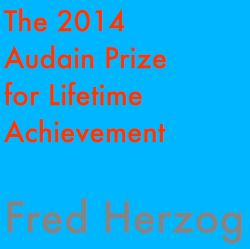

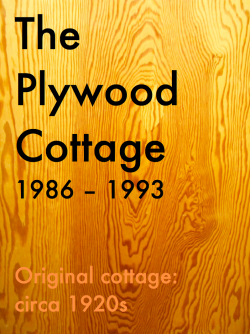









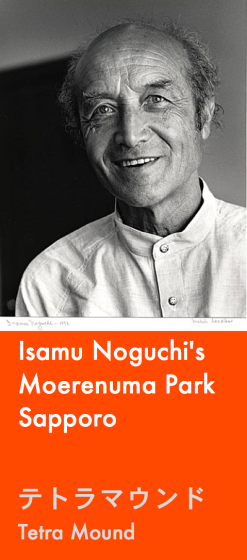

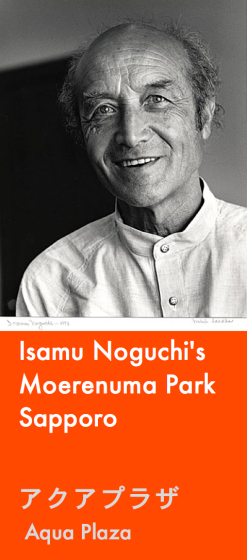

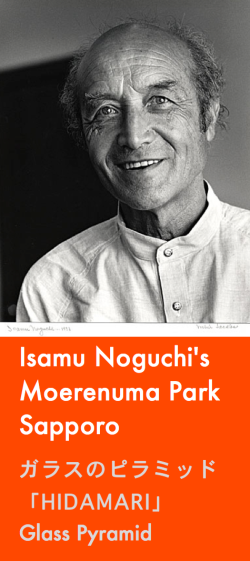

















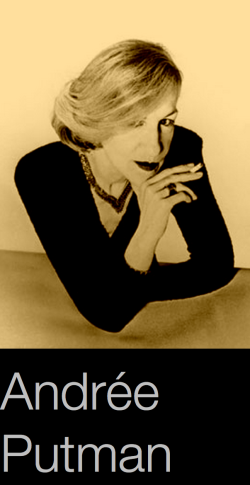


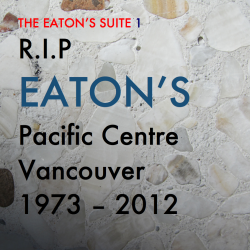













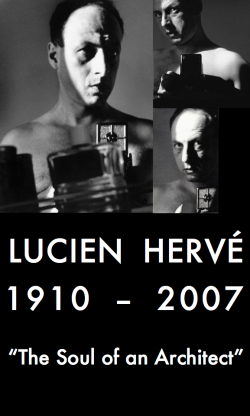
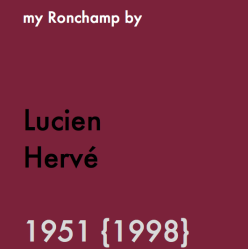
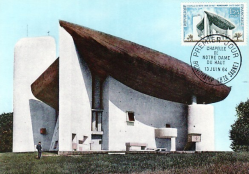












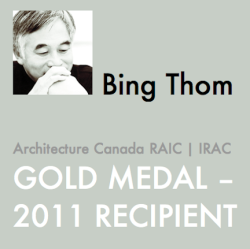























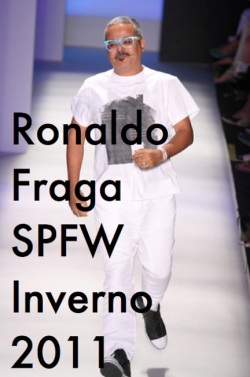




































13 Comments
Jump to comment form | comment rss [?] | trackback uri [?]